The COVID-19 pandemic didn’t put a dent in the pedestrian safety crisis last year even though fewer miles were driven.
— News covered by Quincy Quarry News with commentary added.
The pedestrian death rate rose despite fewer miles driven during the pandemic in 2020.
While motor vehicle traffic dropped by 16.5% after the pandemic hit the fan a year ago, the pedestrian fatalities were unchanged and so increased the rate of pedestrian fatalities per vehicular mile driven by 20%.
While uncertain what will happen when traffic levels might eventually rebound, one can only reasonably assume that recent years of increased pedestrian fatalities before the COVID-19 pandemic will continue apace with increases in traffic.
Factors fueling the increase include America’s ever-increasing preference for driving larger and thus more dangerous for pedestrian vehicles.
That and distracted drivers.
Locally, pedestrian fatalities were trending higher before the pandemic and the increase would appear to have continued during it as well as so reflected national trends.
While situations obviously vary given differences in local roadways, population density, and other such factors, distracted drivers, greatly reduced local traffic law enforcement as reflected by a dramatic drop in traffic citations by local police when the pandemic hit.
That and an arguable lack of a cohesive, obvious as well as sound plan by City of Quincy officials to address both pedestrian safety and traffic, would appear to have only worsened the situation.
In fairness, however, it must be noted that as the COVID-19 pandemic has greatly reduced vehicular traffic and local officials appear to have so let traffic ride.
And as for pedestrian safety, the City of Quincy has endeavored to mostly at best better maintain the marking of crosswalks, installed some additional traffic signs here and there to then be mostly ignored by drivers, and added a few warning lights here and there.
And at worst, it only added to the confusion with the introduction of two sets of “Hawk” traffic signals near City Hall on Hancock Street and Temple Street almost five years ago.
The widely touted Hawk lights have proven to be an arguably mixed bag at best locally.
A key problem with Hawk lights: after a short time for a red light for vehicular traffic, the red light changes to flashing whereas pedestrians are shown a countdown light and so mistakenly assume that vehicular traffic has been subjected to a hard stop. That and drivers pushing things when these lights are flashing red for them.
Even after almost five years in operation, the chaos can readily be seen via but a brief observation of the Hawk light in front of Presidents Place most any time of the day and especially during what remains of the weekday commute.
Of particular interest is how some drivers opt to stop no matter what color the Hawk lights are showing and some running the risk of rear-endings by following vehicles.
While hard statistics are not available locally and Quincy Quarry sees no point wasting its time asking in vain for them, an informal monitoring of near misses, horn honkings, and “one-fingered waves” at the HAWK lights crosswalk in front of Presidents Place most any time of the day even after almost five years that the lights have been in place In Quincy Center, the lights are at best not a welcome way to address traffic and pedestrian safety.
That and so what if the solution to sound pedestrian and vehicular safety, especially managing the ebb and flow of both around Quincy Square, would be to switch the Hawk lights to regular red light/green light signalization.
Unfortunately, as the Koch Administration scored the lights for free per a federal program to promote the use of the lights, one can only assume that they must continue to be used per their complicated and confusing operating rules.
Source: Pedestrian death rate rose despite fewer miles driven during pandemic in 2020


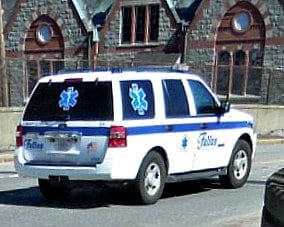

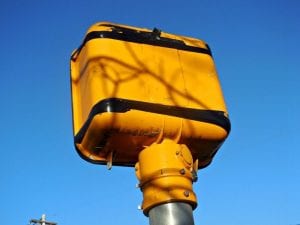
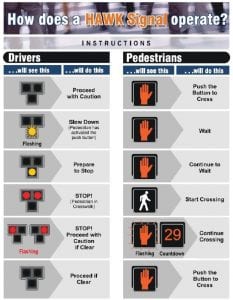

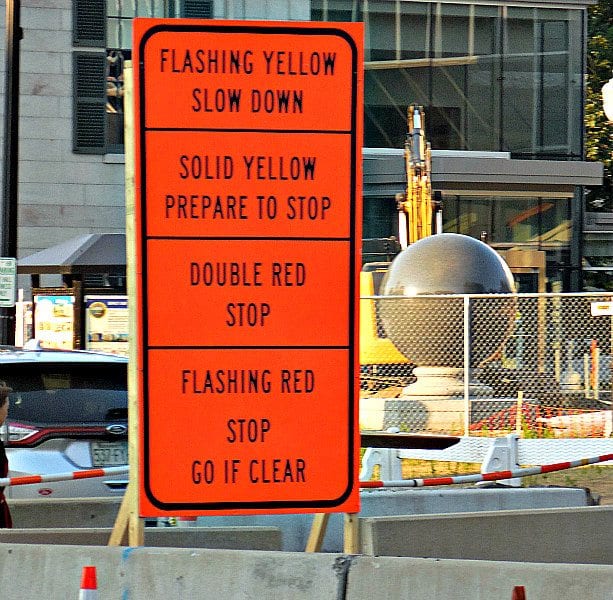
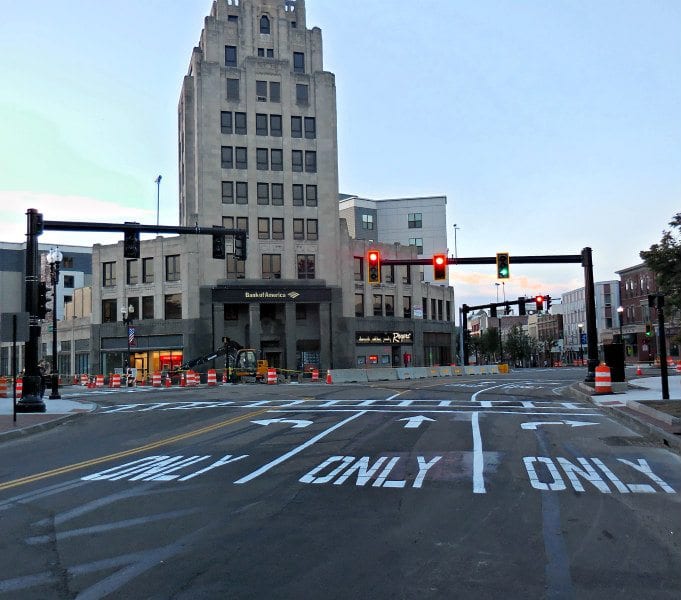
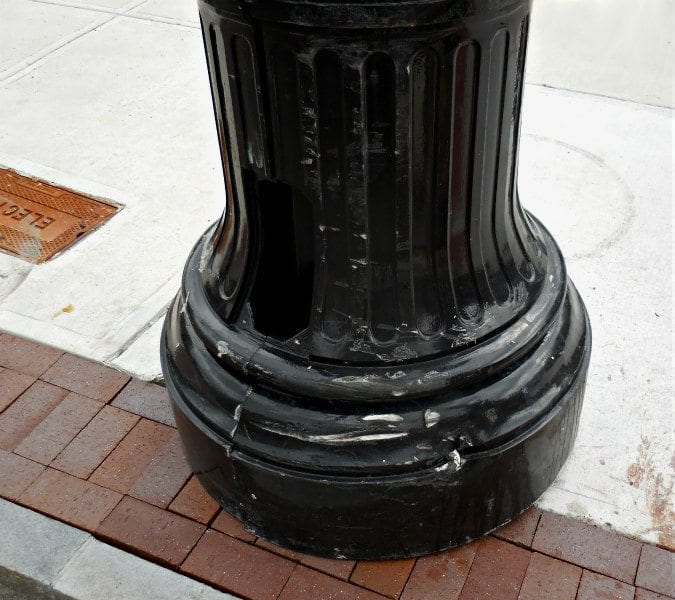
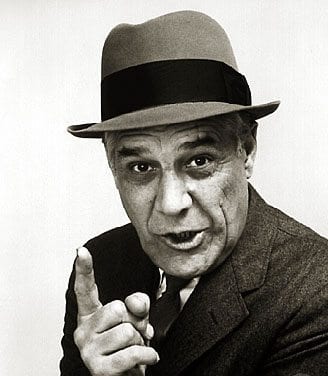






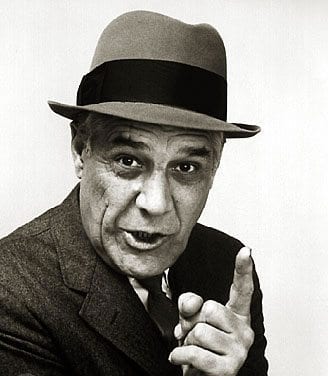

QuincyQuarry.com
Quincy News, news about Quincy, MA - Breaking News - Opinion
No more posts